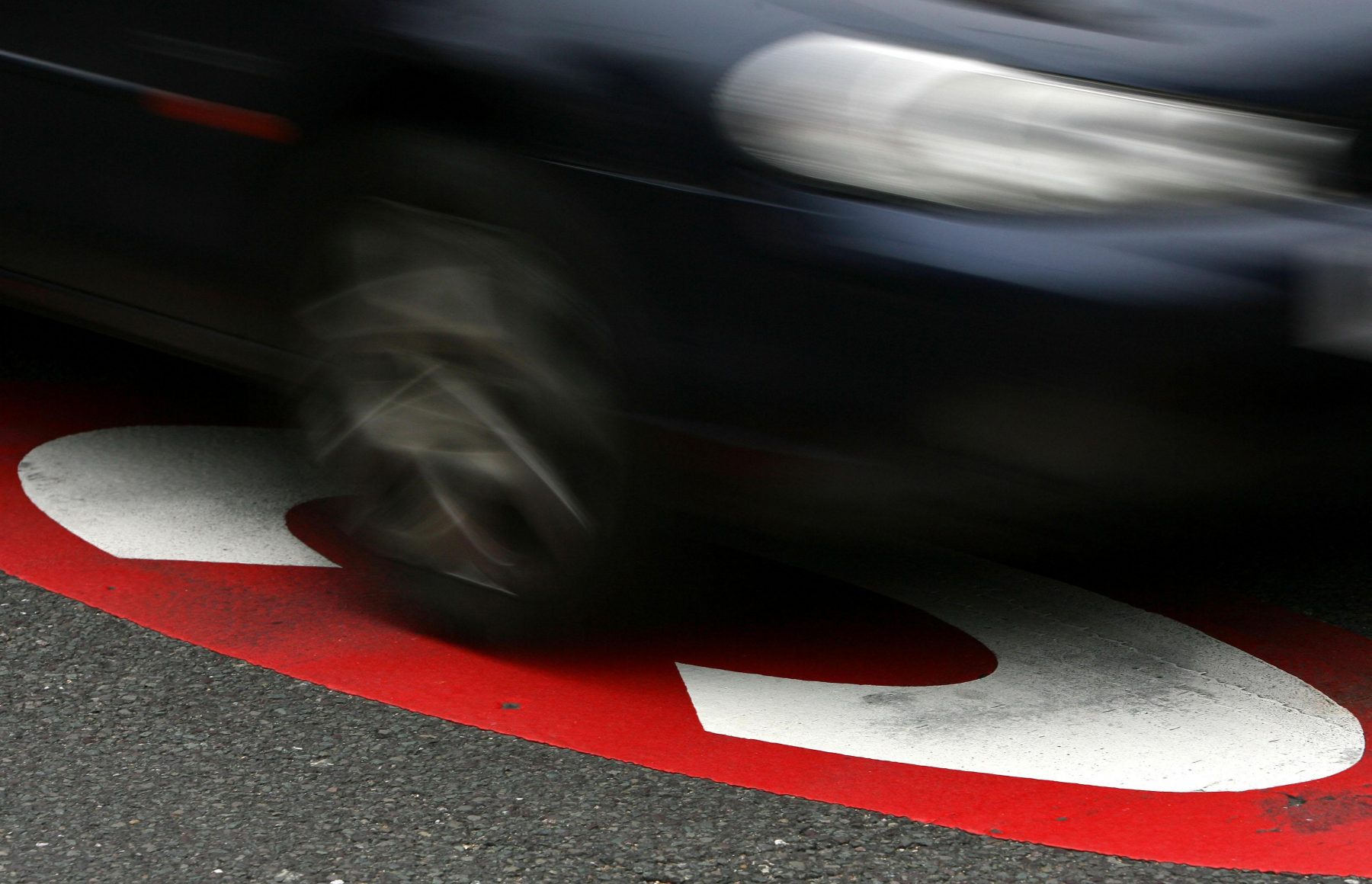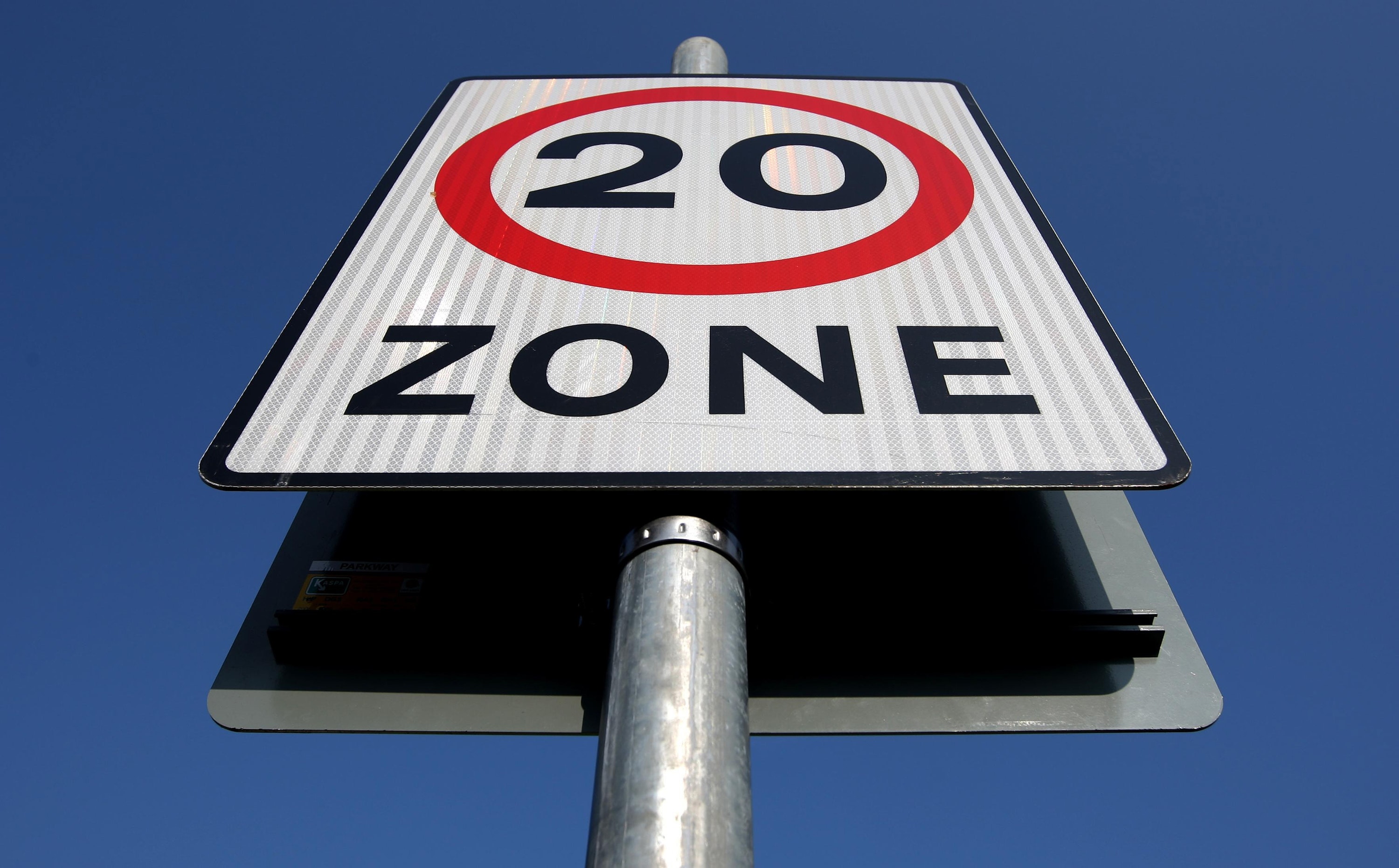Roads in central London will see new 20mph speed limits imposed as of next week, the Mayor of London has confirmed.
Taking to Twitter to break the news, Sadiq Khan revealed roads operated by Transport for London (TfL) within the congestion charge zone that currently have a 30mph limit will see that drop to 20mph as of Monday, March 2.
In the announcement, Khan tweeted: “Happy to report that the speed limit across TfL roads in central London will reduce from 30mph to 20mph from Monday 2 March. This new measure will save countless lives and eradicate serious injuries on our roads, whilst making it safer to walk and cycle around the capital.”
Lilli Matson, TfL chief health, safety and environment officer added: “Millions of walking and cycling journeys are made across our city every single day and a person is five times less likely to be fatally injured if hit at 20mph than at 30mph – it’s as straightforward as that.
Happy to report that the speed limit across @TfL roads in central London will reduce from 30mph to 20mph from Monday 2 March. This new measure will save countless lives and eradicate serious injuries on our roads, whilst making it safer to walk and cycle around the capital.
— Mayor of London (@MayorofLondon) February 27, 2020
“Ensuring the safety of Londoners and visitors is paramount, which is why we are introducing a safer speed limit for all road users in central London. It’s clear the new 20mph speed limits will not only save lives but will also encourage Londoners to travel in more active and sustainable ways.”
New signage will be in place imminently to highlight the speed limit changes, while plans for raised pedestrian crossings in ‘prominent locations’ including near Embankment and Tower Hill Underground stations are underway.
TfL says speed is a factor in ‘around 37 per cent’ of collisions in London that result in death or serious injury. The move to 20mph speed limits is part of TfL’s ‘Vision Zero’ commitment to eliminate deaths and serious injuries from the transport network by 2041, with ambitions to reduce limits more widely across the capital over the next five years as well.
Edmund King, president of motoring services firm the AA, said: “The AA view is that targeted 20 mph zones that have the support of the local community are welcome and can be effective. For example, drivers understand why speeds should be 20mph outside a school, playing fields or a residential cul-de-sac.

“The most effective 20mph zones are those backed by traffic calming such as interactive signs or changes to the road surface. There are some concerns that wide 20mph zones undermine the effectiveness of the targeted zones.
“However, during the day in central London average traffic speeds are around 7.4mph so signing the roads with 20 mph speeds is unlikely to slow down the traffic. Traffic has been at the speed of the horse and cart in central London for over a century and that is unlikely to change any time soon.”
A spokesperson for road safety charity Brake added: “The reduction of the speed limit on central London roads to 20mph is a huge boost for road safety across the capital. Slower speeds save lives and also make our streets more liveable environments, encouraging people to walk and cycle safely and confidently in their local area.
“A 20mph limit where people work, live and play is widely accepted as the safest option, with stopping distances at 20mph half those at 30mph. London is setting an example the rest of the UK should follow and we urge the Government to make 20mph the default speed for built-up areas across the country, helping make our streets safer and more welcoming.”

